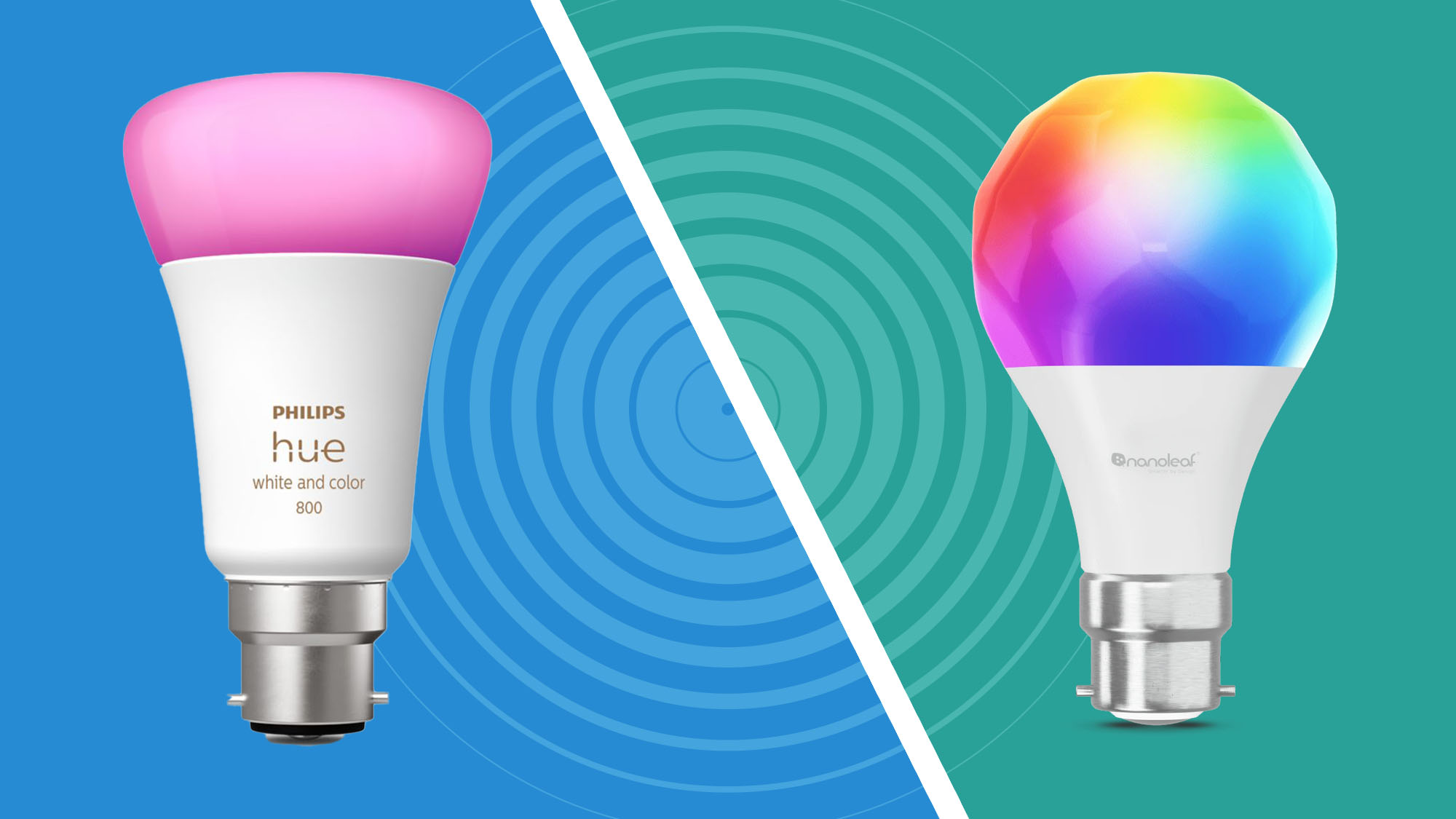
Philips Hue and Nanoleaf are two of the biggest names in smart lighting, but which system is right for you? While the increasing support for the Matter standard means you can combine both brands into a mix-and-match smart home (more on that shortly), you'll have an easier time getting all your lights to work as you want, and unlock all their features, if you stick with one system.
Generally speaking, Nanoleaf lights are less expensive than Philips Hue and skew toward fun more than function. The company does produce standard smart light bulbs (which performed admirably in our tests), but it's better known for products like its colorful wall-mounted LED panels and display shelves that can be synced with one another or your gaming system.
Philips Hue (owned by parent brand Signify) offers a much wider range of light bulbs, strips and lamps, but leans more towards replacing your existing lights. There are Philips Hue versions of just about every light in your house, from the spotlights in your kitchen to the flood light over your garage, as well as sensors, switches, and even security cameras.
Those aren't the only differences, though. Read on for the full lowdown on the two brands, and make sure you're choosing the best smart lights for you.
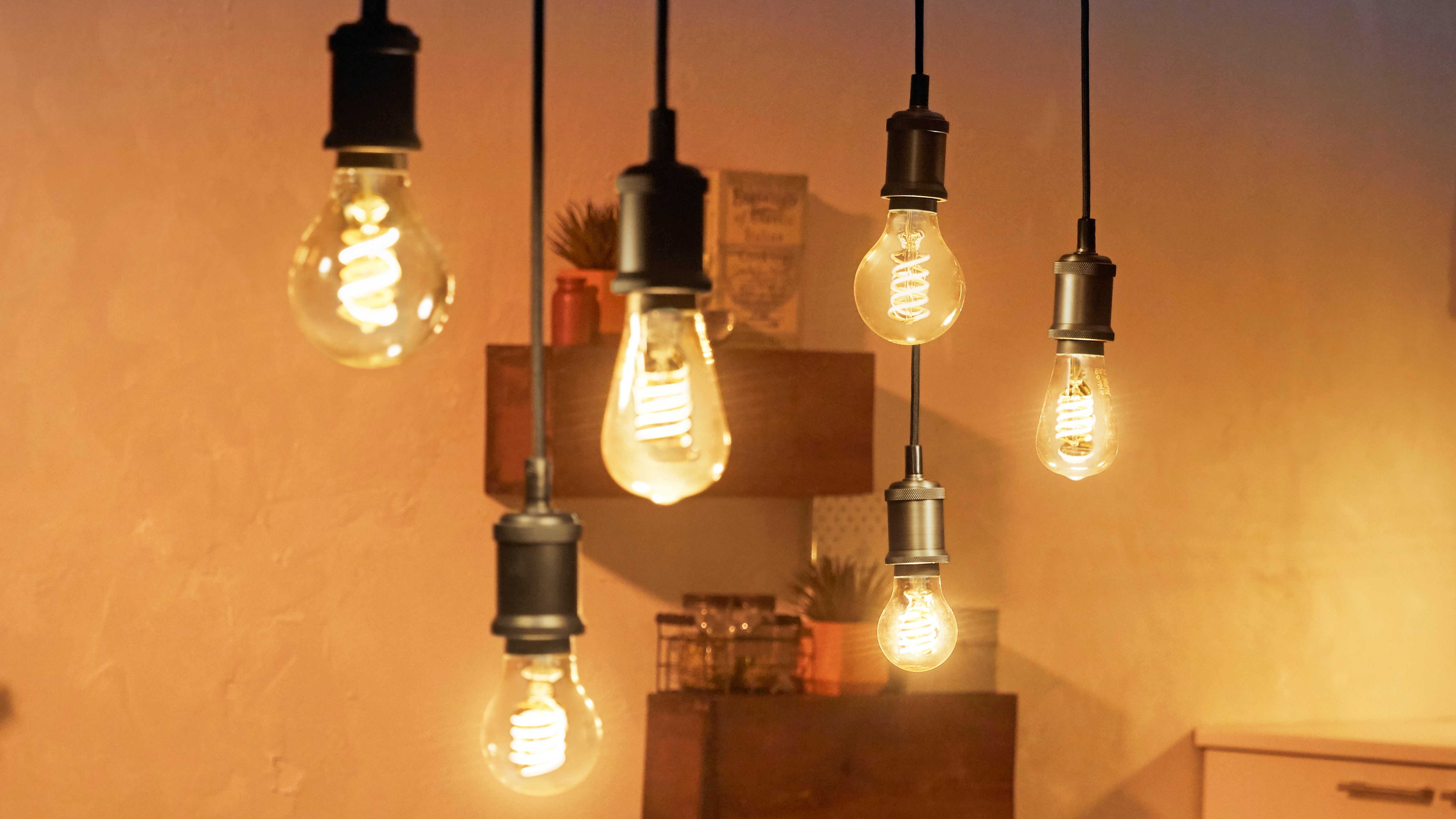
Philips Hue vs Nanoleaf: price
As mentioned, Nanoleaf smart lights are much less expensive than their Philips Hue counterparts. For example, Nanoleaf Matter Essentials Smart Bulbs have a list price of around $19.99 / £19.99 / AU$39.99 each, while an equivalent Philips Hue bulb starts at $54.99 / £54.99 / AU$119.95.
You can save money by picking up a multi-pack, and there are often discounts available from retailers like Amazon (particularly during Amazon Prime Day and Black Friday), but Nanoleaf will usually work out significantly cheaper.
Philips Hue vs Nanoleaf: product range
Both Philips Hue and Nanoleaf offer a wide range of smart lights – from basic smart bulbs through to strip lights for your home cinema system – but those from the Hue system are more practical, while those from Nanoleaf are more fun.
Sign up for breaking news, reviews, opinion, top tech deals, and more.
For example, some of Nanoleaf's most popular products are its Shapes LED panels, including the Nanoleaf Canvas, the stylish Nanoleaf Ultra Black Shapes, and the wood-effect Nanoleaf Elements, which you can mount on the wall in different configurations to create custom lighting designs. The Nanoleaf app lets you map your design, apply preset lighting modes, or create custom effects.
There are also Nanoleaf products designed specifically for showing off your collections – whether you keep sneakers, figurines, or something else. The Nanoleaf Blocks are a system of pegboards, shelves, and LED panels for highlighting small items, while the Nanoleaf x Fantaqi Expo is a set of illuminated display cases that work well for shoes.
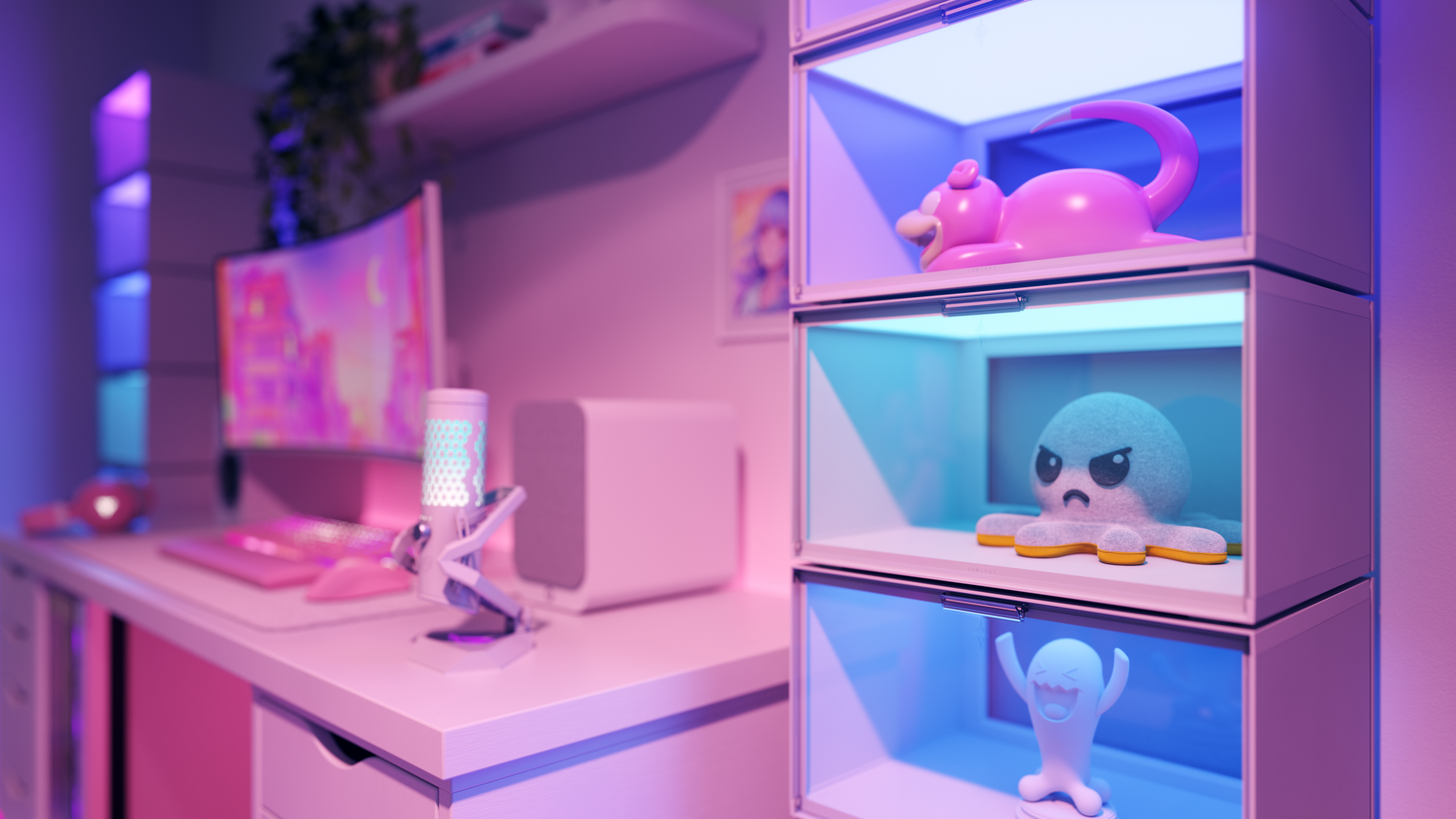
While the Philips Hue system does include some fun smart lights, most of its products are designed as direct replacements for the 'dumb' lights you already own. Nanoleaf offers GU11, B22, and E27 bulbs, but the Philips Hue range includes options for just about every fixture you can think of. There are also spot, wall, and flood lights for outdoors, plus weather-resistant string lights (ideal for holidays).
The Philips Hue ecosystem also includes home security cameras, motion sensors, contact sensors, and some of the best smart switches we've tested, all of which can be used together. It's also possible that Philips Hue bulbs might soon work as occupancy sensors without any additional hardware, thanks to an update to the Zigbee wireless protocol.
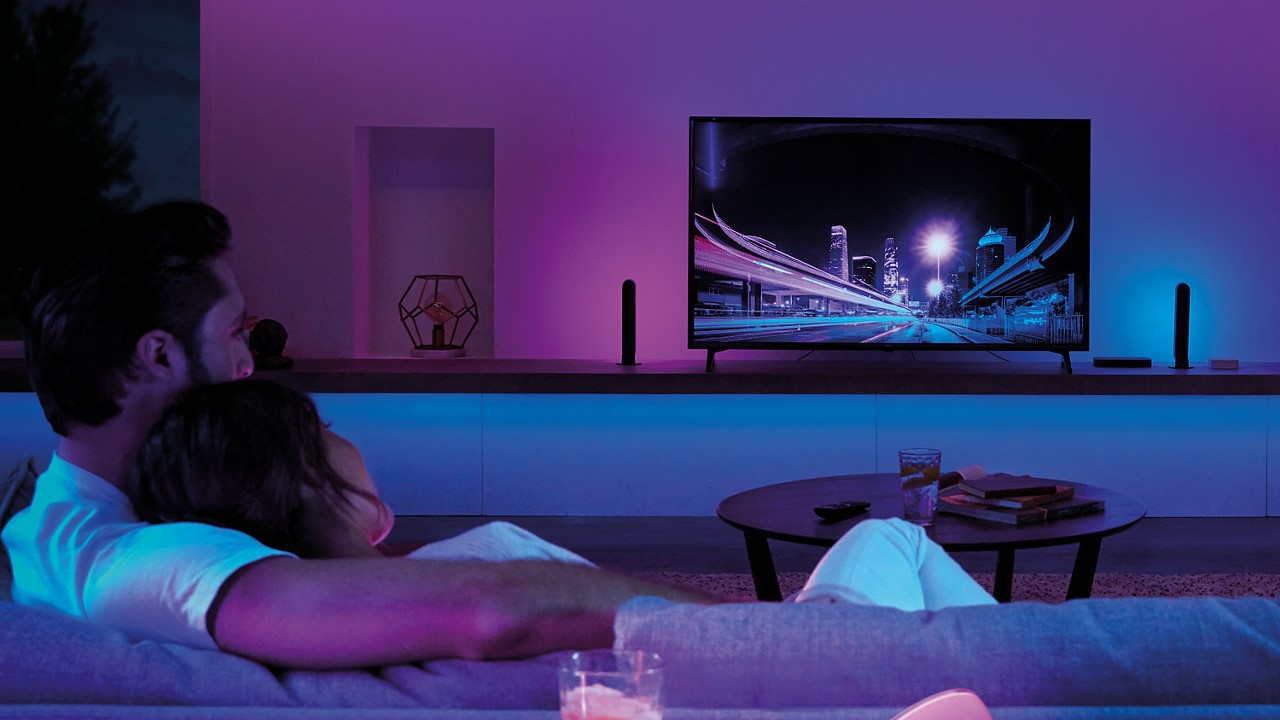
Both Philips Hue and Nanoleaf offer string lights and LED strips, as well as some of the best Ambilight alternatives to wash the wall behind your TV in color. The Philips Hue system uses an HDMI hub (the Philips Hue Play HDMI Sync Box), which interprets the signal being set to your TV, whereas the Nanoleaf 4D setup uses a camera to capture the colors on the screen. The Hue system reproduces colors better, particularly in tricky lighting conditions, but the Nanoleaf equivalent is much more affordable.
Philips Hue vs Nanoleaf: features
Different Nanoleaf products can be controlled in different ways. For example, its Matter smart bulbs and light strips can be controlled using a compatible smart home hub, with Wi-Fi and Thread versions available. They can also be controlled using the Nanoleaf app via Bluetooth.
Most of Nanoleaf's other products (including the Shapes panels and Expo illuminated shelves) connect directly to your home Wi-Fi network and can be controlled using the Nanoleaf app or a compatible smart speaker.
The Nanoleaf app is available for iOS, Android, macOS, and Windows. The desktop versions offer features like Orchestrator music syncing, integration with Razer Chroma devices, and Screen Mirror (similar to Ambilight, but intended specifically for gaming).
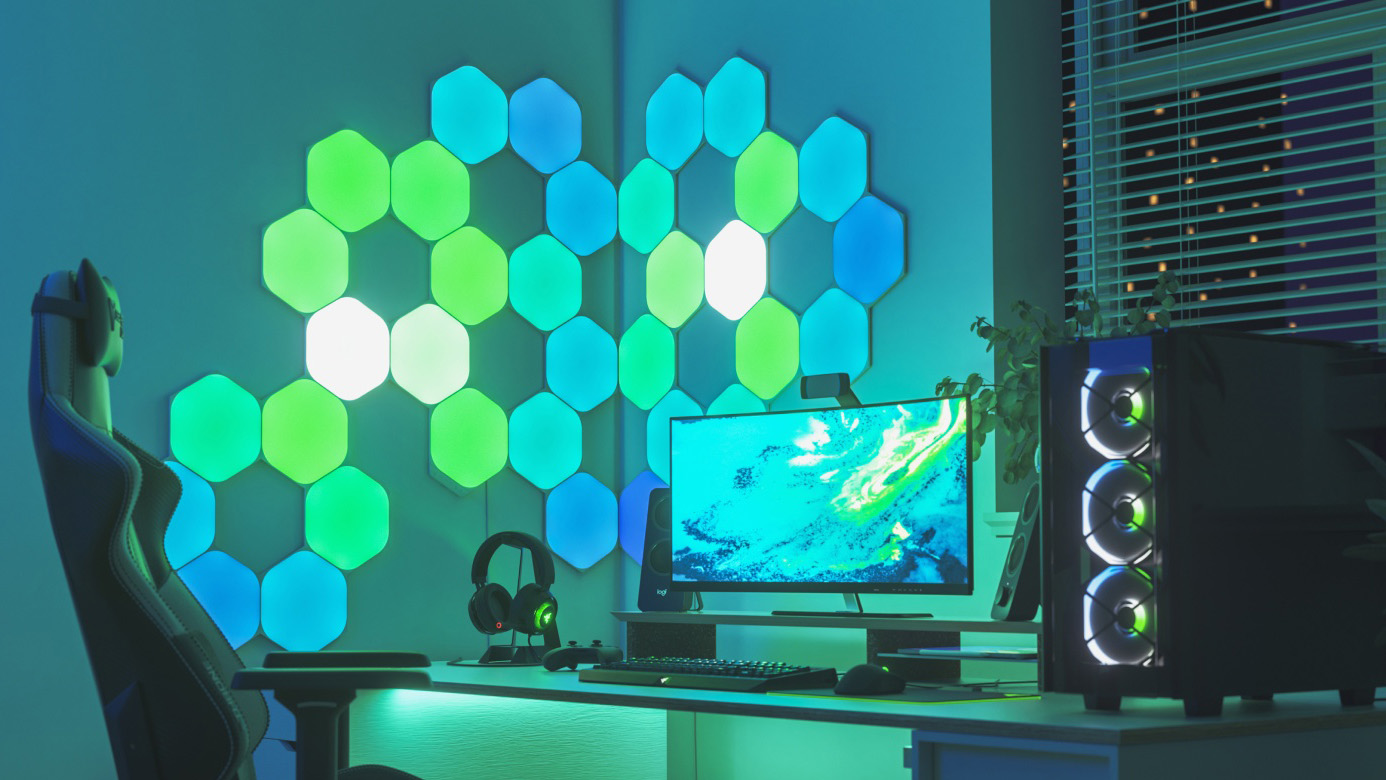
Most Philips Hue smart lights can be controlled via Bluetooth if you only want to turn them on and off and set their brightness. To unlock all their features, you'll also need a Philips Hue Bridge. This small hub uses the Zigbee wireless protocol to create a mesh network that links all your Hue devices. Having a Hue Bridge also allows you to control many more lights at once (50 per Bridge, compared to just 10 with Bluetooth).
Once your smart lights are connected to a Philips Hue Bridge, you can control them remotely, set up automations and schedules, select and create scenes, and sync them to music. You can also connect them to Hue switches, sensors and cameras, or link them to third-party platforms and services such as Razer Chroma, IFTTT, Yale, Spotify, Google Home, Alexa, and Apple HomeKit. You can find a complete list on the Philips Hue website.
The Philips Hue Bridge also supports Matter, allowing you to connect and control your lights via a Matter-compatible smart hub.
You might also like

Cat is TechRadar's Homes Editor specializing in kitchen appliances and smart home technology. She's been a tech journalist for 15 years, having worked on print magazines including PC Plus and PC Format, and is a Speciality Coffee Association (SCA) certified barista. Whether you want to invest in some smart lights or pick up a new espresso machine, she's the right person to help.
You must confirm your public display name before commenting
Please logout and then login again, you will then be prompted to enter your display name.